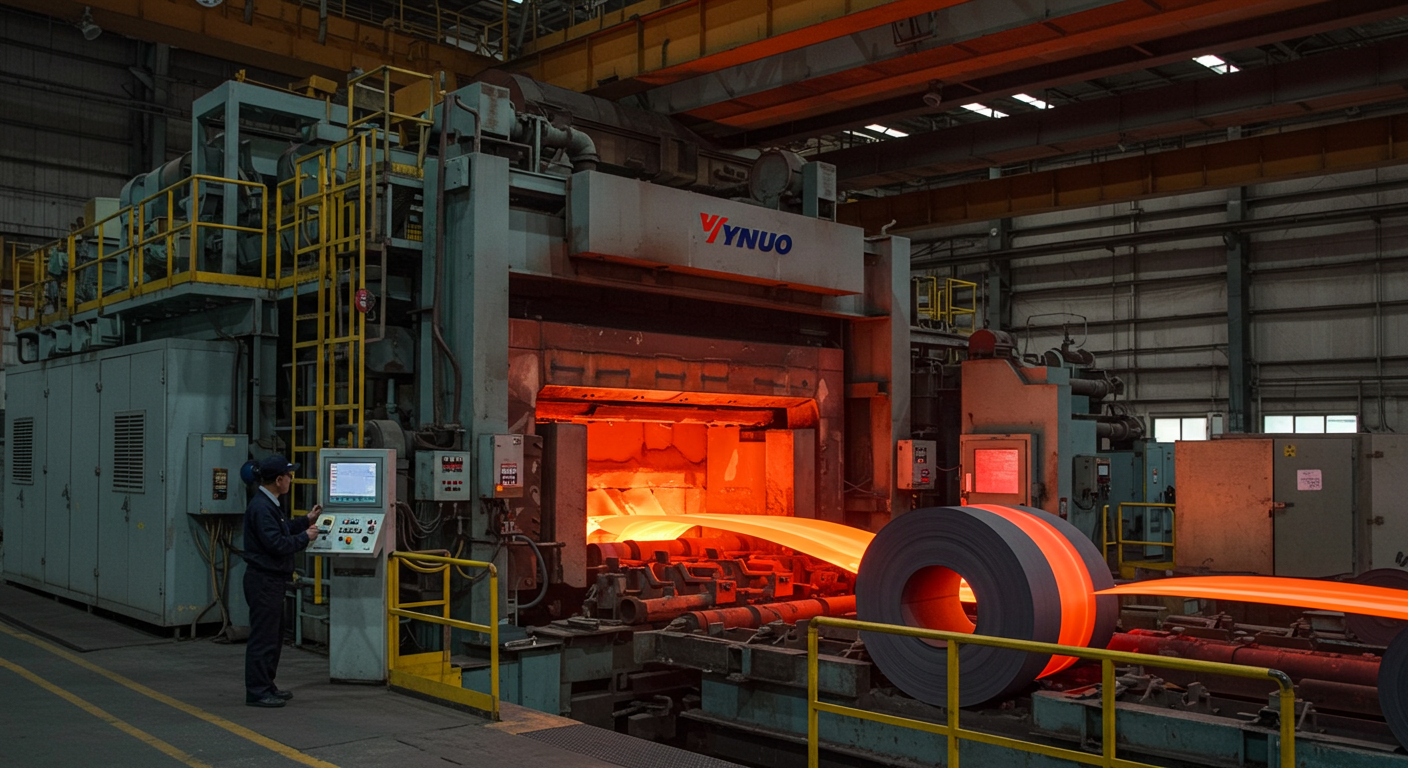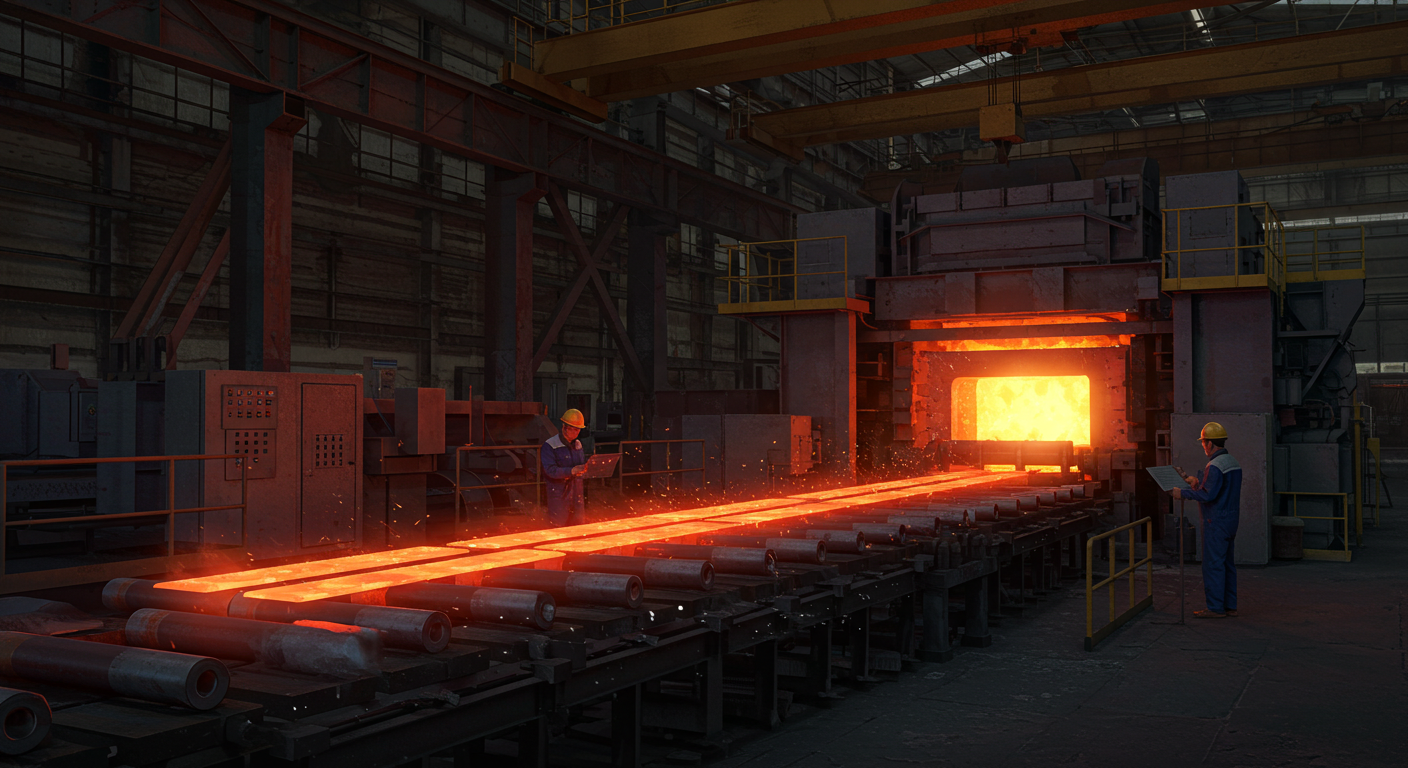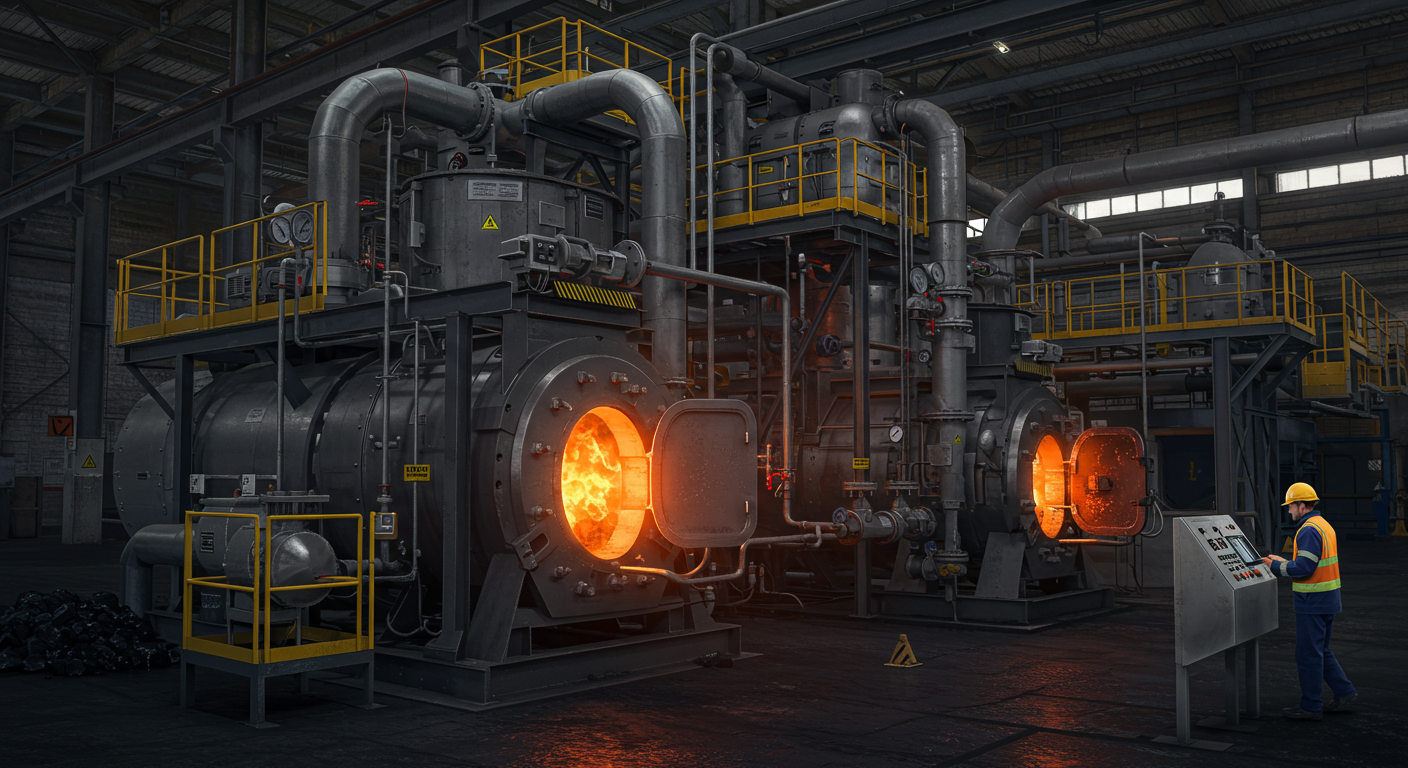Aluminum alloys are found wide application in many industries industry: transport ~38%; construction ~20%; mechanical engineering ~8%; electrical engineering ~5% and others [2.1]. This contributed to a successful combination physical properties of aluminum alloys, which depend on a number of factors. In in particular, addition to aluminium alloying elements (copper, silicon, magnesium, zinc, manganese, etc.) or already their presence in a liquid bath has significant impact on performance Alloys.
In aluminum alloys can almost all metals are present periodic table of the elements, alone as alloying elements, other as undesirable impurities. Therefore, smelting and foundry production Aluminum alloys must provide operations such as melting solid aluminum or aluminum scrap, adding alloying elements and mixing melt for the purpose of leveling the chemical of the composition and its temperature in the entire volume baths, melt cleaning from non-metallic inclusions (filtration), cleaning from unnecessary impurities (refining), removal of gases from the melt (degassing), obtaining from melt ingots in solid state (crystallization), transportation melt from one technological equipment to another.
At all stages of smelting and foundry production possible use magneto-hydrodynamic (MHD) interoperable technologies liquid metals with electromagnetic Field.
Melting process equipment. Melting of solid aluminium or Aluminum scrap is carried out in smelting furnaces. By type of use Energy Smelting Furnaces are divided into gas, fuel oil and Electric. In Fig. 1.5 presented thumbnail of a common rectangular a chamber furnace running on gas, or fuel oil. Here 4 is a torch of burning fuel. The frame of the furnace 1 is metal structure, lined from the inside with a refractory material. The door Furnace 2 is lifted by means of hydro or electric drive, allows you to carry out loading of the charge and cleaning of the tank after draining the liquid metal 3. Outstanding as a result of the combustion of the 4 gases torch are removed by the gas outlet 5. Such furnaces, usually used for smelting waste from smelting and foundry production aluminium smelters, where the quality of the charge is pure aluminum or alloys of well-known brands.
For smelting aluminum scrap two-chamber melting room is used stove (Fig. 1.6). Scrap is loaded into the right furnace chamber, so does not have direct contact with liquid metal 3. Before melting from scrap moisture is removed, which ensures safety of equipment operation.
For smelting scrap with a large Iron content used rotary furnaces (Fig. 1.7). The furnace has a cylindrical frame 1, continuously rotating, that provides fast melting of aluminum and separating it from the iron inclusions. This technology allows you to drain the liquid metal to significant dissolution in nem iron.
Large distribution in Industries got electric induction crucible (Fig. 1.8) and duct (Fig. 1.9) furnaces.
Crucible oven on the principle the action is like an air transformer. Primary winding – inductor 4, secondary winding and simultaneous load – molten metal 3 in crucible 5, placed inside the inductor. All elements are fastened to the carcass of the furnace 1 with lid 2.
Duct oven presents a transformer with a magnetic core 5. The primary winding is the inductor, and the secondary is the channel part 4, filled with liquid metal. Liquid Metal channel part together with liquid metal baths furnace 3 form closed around the inductor 5 turns. Therefore, induction duct furnace the principle of operation is similar transformer operating in mode Short circuit.







